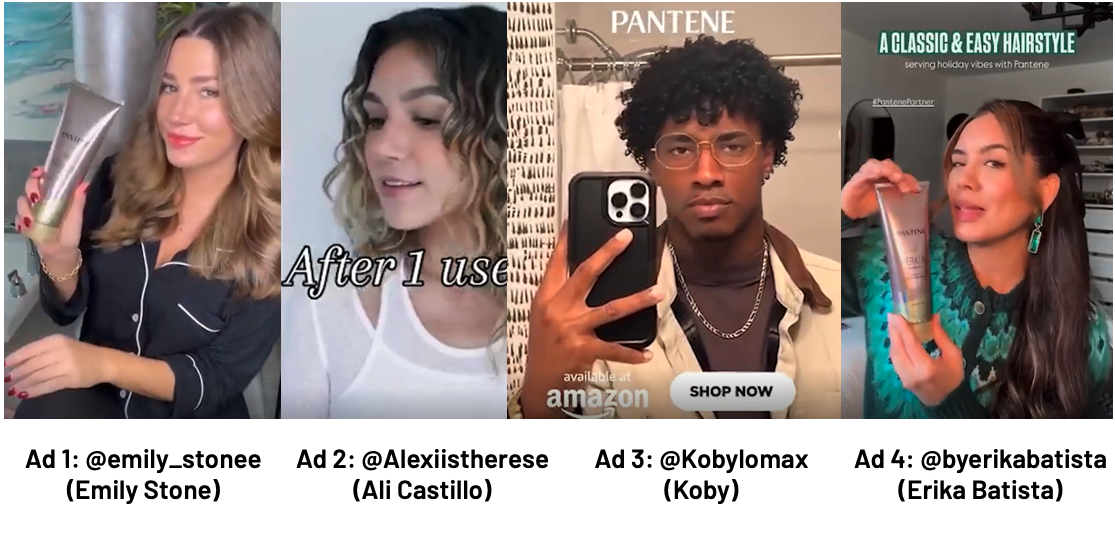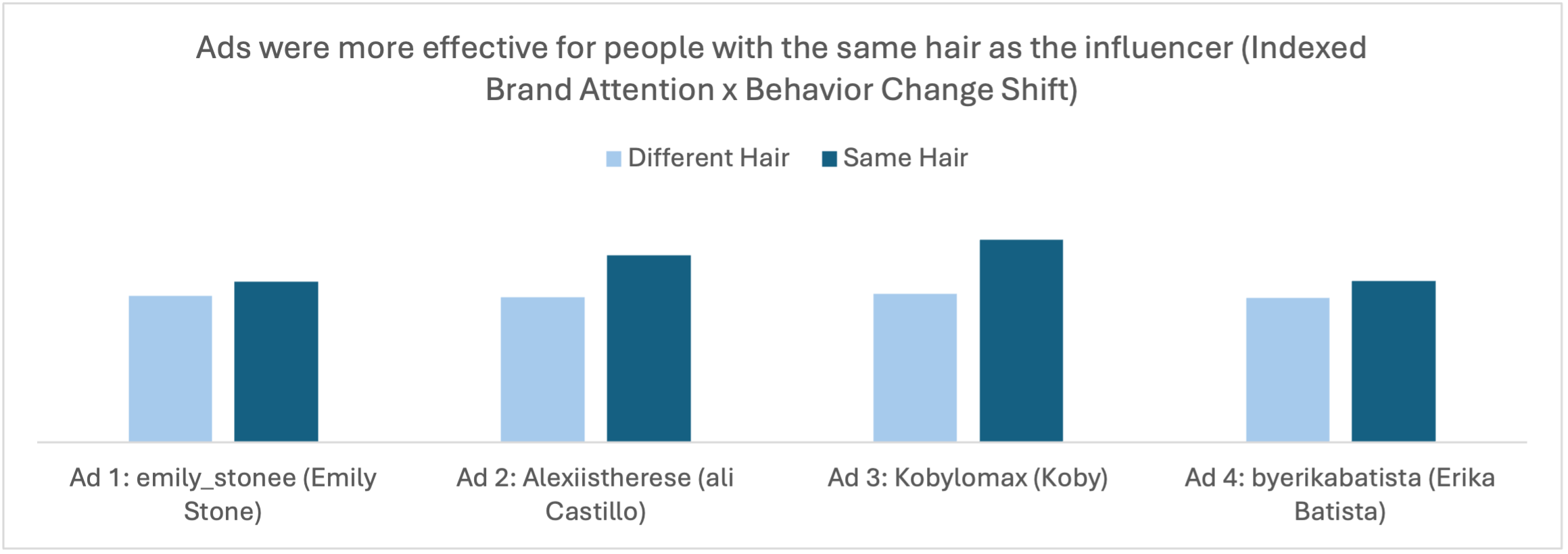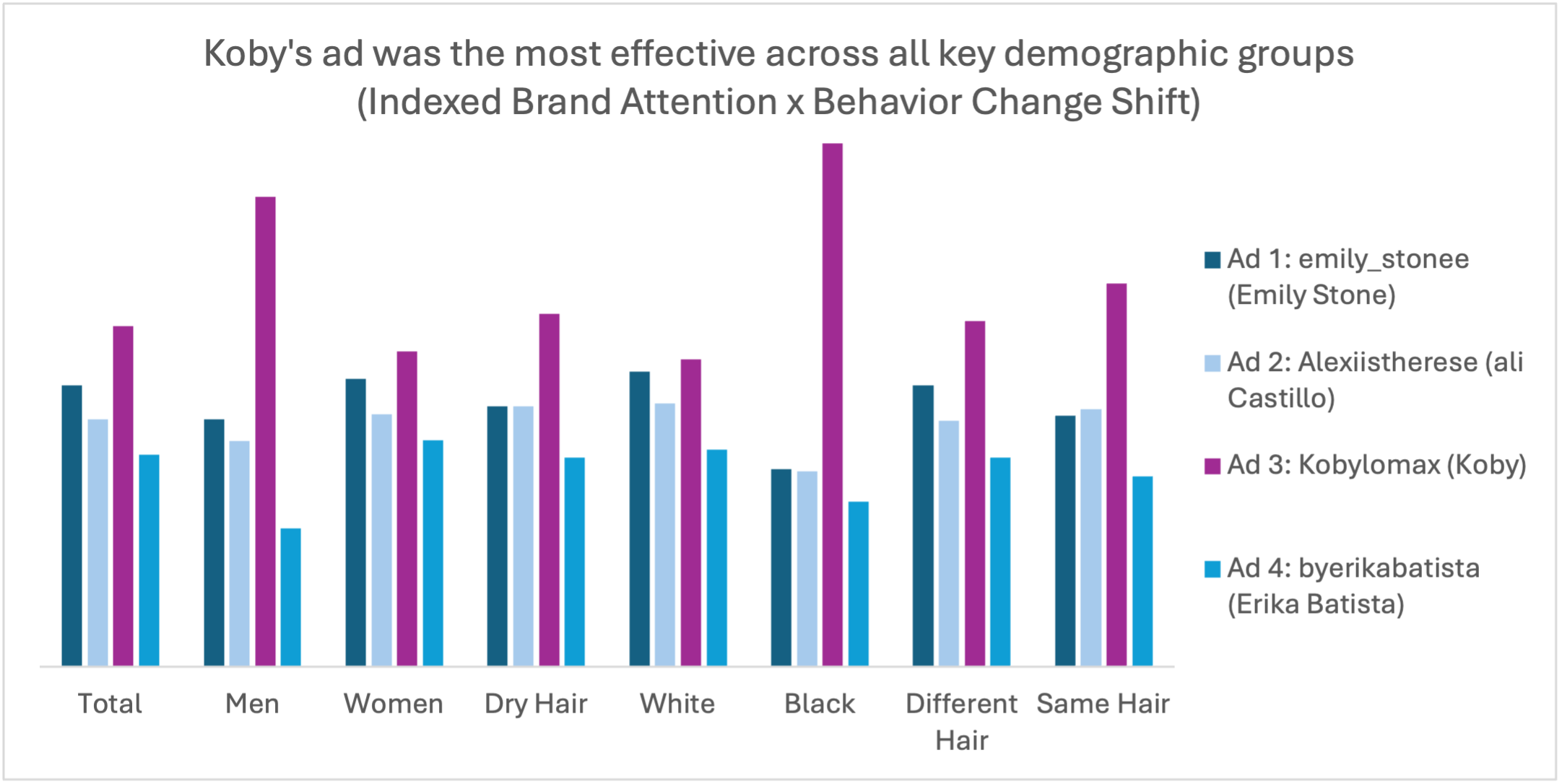Personalization: Putting the ‘i’ in shopping
Personalization is shifting consumer expectations and driving business strategies, particularly in consumer packaged goods (CPG) and retail. Beyond the cost and complexity of executing personalization, companies need to understand that there is both consumer demand as well as watchouts that need to be addressed when defining personalization strategies.
In a world of seemingly endless options, consumers feel overwhelmed by the expanse of choices both online and offline. In fact, over half of people in our Global Trends survey (61%) agree they are often overwhelmed by choices. We know from prior behavioral science literature that when consumers experience what we call “information overload” or the tyranny of choice, they are more likely to defer choice, and those that do choose often feel less satisfied after (more cognitive dissonance).
Despite this, shoppers express a preference for making purchasing decisions themselves rather than relying on companies or experts. This tension fuels the demand for personalization strategies that allow consumers to feel in control despite the abundance of options. Curated sets of offerings allow consumers to exercise and maintain autonomy, while reducing information overload. Furthermore, mass personalization takes advantage of “implicit egotism” or the fact that people have an inherent tendency to prefer things that we associate with ourselves (that reflect parts of ‘who we are’).
Consumers now expect curated experiences, particularly in the digital realm. This expectation extends to categories like snacking, with 61% of global consumers seeking personalized shopping experiences for snacks, including personalized gifts and tailored flavor preferences, according to Mondelez’s State of Snacking report. And 62% of global respondents say they trust online recommendations if they are from a well-known site or app, according to Ipsos Global Trends 2023.
Putting Personalization to the Test
While personalization has the potential to enhance customer experience and foster brand loyalty, the question arises: how far should brands go and is personalization always necessary (or even a good thing)? Are there types of personalization that offer greater return on investments? Is personalization best embedded within strategy or as a strategy in and of itself? We set out to further explore these questions via primary research on advertising effectiveness in the growing category of haircare.
We tested four different versions of an influencer-led campaign for Pantene Keratin Miracles among 4,000 Instagram users in the United States, 20% male and 80% female between the ages of 18-65. The test was conducted via Ipsos’s Creative Spark Digital methodology, an advertising assessment solution which accurately predicts relative sales effects of ads in market. Each respondent was asked to browse through a live Instagram feed for 90 seconds and was exposed to one of the test ads during this viewing period. They were subsequently surveyed to assess their ad recall, behavioral changes, and reactions to the ad.

To explore the impact of personalization on ad effectiveness, we coded similarities between the influencer and the viewer. To simulate personalization, we visually categorized the four different influencers by hair type, condition, length, texture, and color. We then classified respondents into groups, with the “same hair” group being respondents who matched the influencer’s hair type on all of these dimensions. Across the board, the ads were directionally more effective for those with the same hair, and especially so for Ad 2 and Ad 3 where the influencers had the most noticeably curly, frizzy, and dry hair types. In addition to lifts in effectiveness measures, we also observed stronger ratings among the “same hair” group of brand trust, relevance, and functional attributes like “will work for my hair type” and ad helpfulness.

Source: Ads tested with Ipsos’ Creative Spark Digital solution, N=4,000, U.S., Men & Women, age 18-65
Brand Attention indicates the level to which the brand ad is remembered. After seeing the ad in the distracted environment of the Instagram feed, did the viewer recognize the ad and could they recall “Pantene” on an open-ended basis? Behavior Change shift gauges the impact the ad has on short term choices. Viewers are asked about the strength of their choice pre and post exposure to observe the shift. These two metrics were combined for ease of comparison.
While seeing an influencer with the same hair type did have a marginal lift on key performance indicators, the most effective ad for Pantene Keratin Miracles across all key demographic groups (regardless of hair type, gender, or race/ethnicity) was Ad 3 featuring @Kobylomax. This finding calls into question the benefits of personalization, given that the influencer does not resemble the vast majority of the respondents (only 4% had similar hair to Koby). Koby is authentic, likeable, and arguably a “Misfit” in the haircare category — he bucks the trend of the typical hair influencer. That said, his super power is that his hair is a litmus test to the efficacy of this product and its unique benefits.
“I loved how the keratin treatment made his curls look because I am a black woman myself; and my curls are also important to me.” – Female 18-34
“This product looks very good for curly/frizzy hair; especially as a leave-in treatment for dry hair. My hair is not as curly as the model’s hair; but it still might work well for me. I would give it a try.” – Female 50-65

Source: Ads tested with Ipsos’ Creative Spark Digital solution, N=4,000, U.S., Men & Women, A18-65
This suggests that while personalization and tailoring via algorithms, AI generated versioning, etc. can improve effectiveness, it is not as impactful (at least in this case) as developing great creative. Adhering to the brand’s unique messaging strategy and understanding how core product benefits tie to the underlying goals of consumers is crucial. Effectiveness comes from a deep understanding of your audience and finding the best way to bring to life what the brand can help solve for or the need it fulfills. We know from prior behavioral science literature that consumers are more likely to engage with, resonate, and act on messages that speak to their “goals.” In the world of overwhelming options, they may even be blind to products that are not relevant to salient goals. Ad 3 effectively speaks to consumer hair goals in a resonate and disruptive way.
Conclusions
Advertising must first and foremost convey how products serve core customer goals. Furthermore, personalization that is relevant to these core goals is likely more effective than personalization factors that are not relevant to the category/product. Net, personalization for the sake of personalization is “wasteful”— our conclusion is “the juice is not worth the squeeze.” Pre-campaign testing, with a behavioral science lens to goals, is recommended to assess the effectiveness of ads in tying to key consumer goals and to better diagnose and optimize which elements of personalization may be best for your brand and audience.



